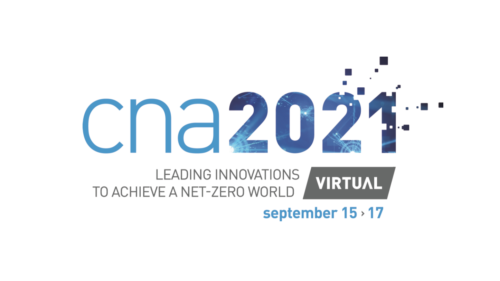
Small Nuclear Reactors to Power Canada’s Low-Carbon Future
By John Barrett, President & CEO, Canadian Nuclear Association
Originally published in the Hill Times, August 13, 2018
Canada has a lot going for it as it seeks to establish itself as a leader in the nuclear energy space. It has world-class research and development capability, including the renowned Canadian Nuclear Laboratories and other industry-run, specialized labs, writes the CEO of the Canadian Nuclear Association.
Imagine a Canada with a clean, affordable and diversified energy system that is a world leader in deep decarbonization and GHG emissions reduction. Imagine, too, an end to energy poverty in many small and remote Canadian communities that now struggle on diesel fuel.
Imagine a promising, innovative and cutting-edge technology that opens doors to economic competitiveness and puts Canada at the forefront of international supply markets hungry for clean energy solutions.
That imagined future is on the verge of becoming tomorrow’s reality. That is, if we seize the opportunity before us.
The opportunity lies in SMRs – small modular reactors.
SMRs are smaller, simpler and more portable than conventional nuclear power reactors. Many designs utilize advanced technologies to ensure intrinsic and inherent (passive) safety. Should they overheat, they automatically shut down without any human involvement or active cooling systems. Being self-contained, their environmental footprint and impact is next to nil.
These micro-energy systems will be made and fueled at the factory, transported to location, operated safely and affordably for the next five-to-ten years, then returned and replaced by another unit. Most importantly, they provide substantial quantities of clean electricity and heat on a 24/7 basis, independent of changes in wind, water or sunshine, and are designed to operate in harmony with renewable energy and storage technologies.
Canada is seen internationally as leading the way on SMRs. There are several reasons why.
First, nuclear is already a big part of Canada’s low-carbon energy supply, producing 20% of our country’s clean electricity. Nuclear power allowed Ontario to shut down its coal-fired generation for good; it supplies daily around 60% of Ontario’s electricity needs and over one-third of New Brunswick’s. That’s a fact, not an aspiration.
Second, there are distinct areas of the Canadian economy where SMRs are a natural fit. For example, SMRs can be added to existing grids, especially in jurisdictions aiming to reduce use of fossil fuels for power generation; they can be added in increments for the greater electrification needed to transition to a low-carbon economy. In addition, SMRs can be used off-grid in mining and oilsands production, providing large quantities of clean power for mine sites and bitumen extraction processes – thereby reducing GHG emissions significantly. And very small SMRs – essentially large batteries – can power remote settlements that today have no clean, reliable alternatives to diesel fuel.
Third, parliamentarians are recognizing that SMRs offer an opportunity too important to ignore. An all-party study by the House of Commons Standing Committee on Natural Resources in June 2017 recommended that work be undertaken to examine and promote the beneficial contribution and impact that SMR development promises for Canada.
Fourth, in response to the Committee’s report, key public and private stakeholders have launched the SMR Roadmap Project – a series of policy discussions and workshops with Indigenous people, utilities, provincial representatives, major potential users in the resource extraction and industrial sectors, as well as communities in northern Canada. These consultations are exploring the human and environmental needs that SMRs can fulfill and mapping out the steps needed for SMRs to advance from development, to licensing, to deployment.
Fifth, Canada has an internationally recognized brand in nuclear. We have world-class research and development capability, including the renowned Canadian Nuclear Laboratories (CNL) and other industry-run specialized labs. We have utilities and operators recognized internationally for their expertise and established record of safe reactor operations. We have the Canadian Nuclear Safety Commission, one of the world’s foremost nuclear regulators, to ensure that SMRs must demonstrate the highest safety standards before a license to operate is issued.
Sixth, the potential for exports of Canadian-made and Canadian-licensed SMRs to international markets is enormous, with considerable job creation and supply chain impact. There is a real appetite for clean energy in many parts of the world: SMRs are a solution to those human needs, which connect directly to better health and longer lives.
If these reasons aren’t compelling enough, then consider: nuclear technology contributes to nine of the seventeen UN Sustainable Development Goals. With CANDU reactors, SMRs and our uranium fuel, Canada can help the world to de-carbonize, bringing our energy and environmental leadership together to provide real benefit to an energy-hungry humanity.
Dr. John Barrett is President & CEO of the Canadian Nuclear Association and served as Canada’s Ambassador to the International Atomic Energy Agency in Vienna.

